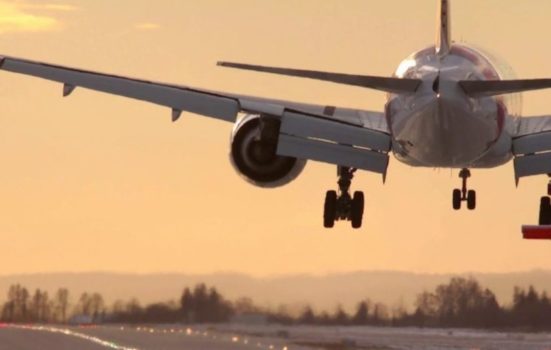LI NETWORK
Supreme Court Bench of Chief Justice SA Bobde and Justices AS Bopanna and V Ramasubramanian issued notice to DGCA on a plea seeking the installation of Engineered Materials Arrestor System (EMAS) in Indian Airports to avert the major mishappening.
Advocate Shohit Chaudhary filed plea seeking adaptation of EMAS technology in the aircrafts which decreases risk of overrunning the runway, and save lives.
“This technology has already been deployed in over 125 runways across the world,”
The petitioner is a mechanical engineer by profession. He states that Airport Authority of India was inclined to install EMAS in the airports in Calicut initially, and in Mangalore subsequently.
The plea seeks for an enquiry into why EMAS i.e. technology, which can be used to prevent aeroplanes from overshooting the runway, has not been installed earlier, despite specific knowledge regarding the same.
The petitioner prays for the installation of EMAS in the airports located in Mangalore, Karnataka and Calicut, Kerala. Further, it is urged that the Centre be directed to examine which other runways and airports in the country require the same and to pass directions for installations of the same.
“EMAS system is an arrestor bed which uses crushable material placed at the end of a runway to stop an aircraft that overruns the runway. This crushable material generally consists of concrete blocks. – It easily stops / arrests aircraft going at the speed of 70 knots or less. This is when no braking contribution from aircraft reverse thrust is considered.” reads the plea
What is EMAS ?
An Engineered Materials Arresting System uses a specially installed surface which quickly stops any aircraft that moves onto it. EMAS may be installed at the end of some runways to reduce the extent, and associated risks, of any overrun off the end of the runway compared to the equivalent soft ground distance. As such it may be an alternative to a RESA where the topography precludes the full recommended length of a RESA or it may be used in addition to a full length RESA where precipitous terrain immediately follows the end of the RESA.
Operationally, it may also be installed to prevent an overrun affecting other runways and therefore increasing the capacity consequences of an overrun as in the case of the Madrid installation.
EMAS is installed in approximately more than 125 airports across the world, with more than 100 in the USA itself. “The installation of EMAS would not only have saved hundreds of lives, but would have also save crores of rupees in aircraft and aircraft equipment”.
The petitioner demanded investigation why the EMAS has not been installed earlier, despite specific knowledge. The Court has been urged to issue directions for taking appropriate action against the officials responsible under criminal law or any other law.

